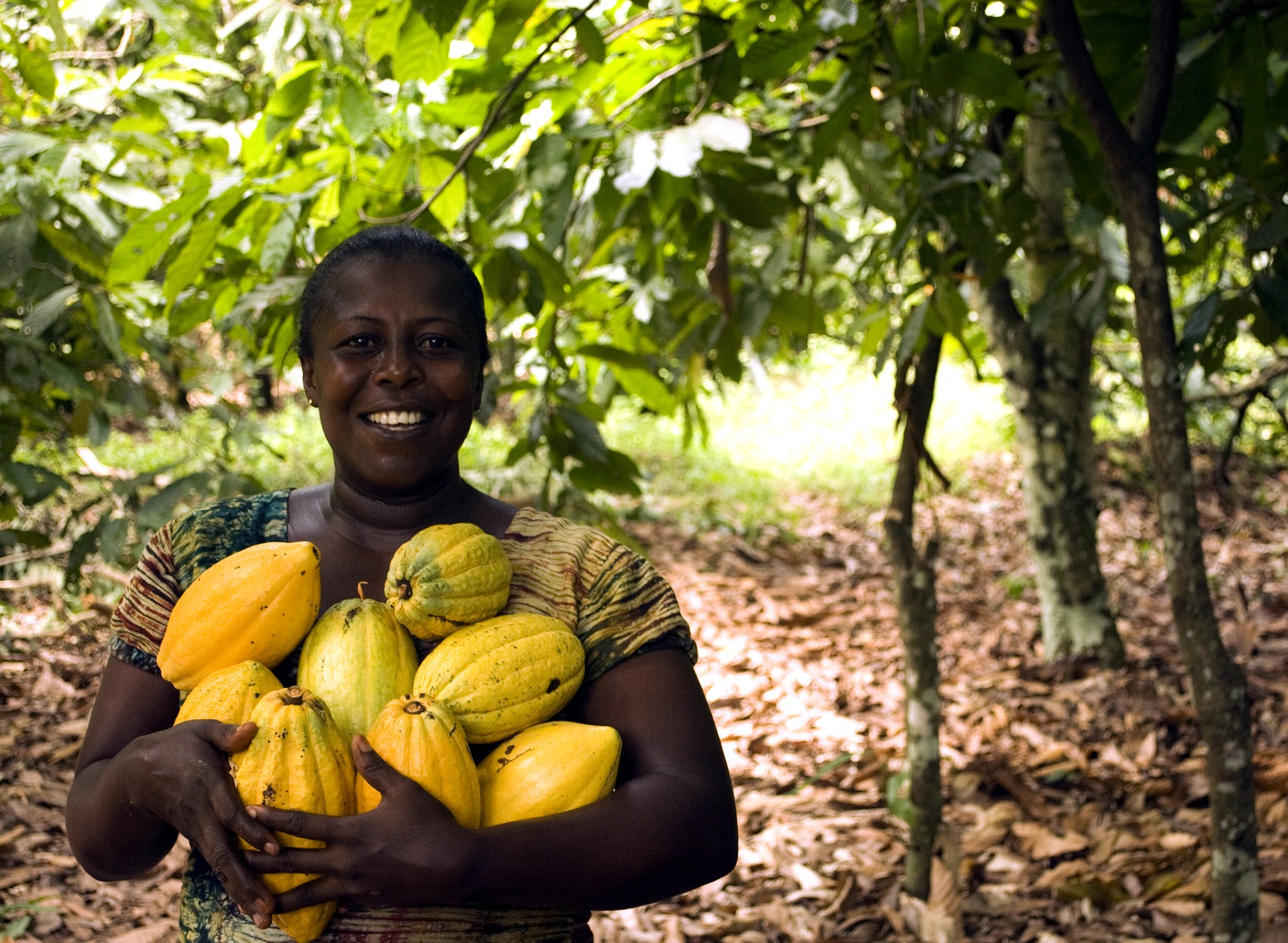Is it time for an agro-revolution?
May 6
Unpredictable weather, price volatility and post-harvest losses could be a thing of the past, writes Michael Gyekye, 26, a Commonwealth Correspondent from Ghana, who believes data and AI are the future of farming.
A wealth of information is hidden in daily figures on farming activities, local environmental conditions and global market activity.
What if this data was unleashed to provide real-time intelligence to farmers to inform their decisions on planting, disease control, harvesting, and marketing of produce and livestock? Imagine a farming future where agricultural manpower is enhanced by the latest technology and computing systems designed to work with greater efficiency and accuracy.
Data analytics – the science of sifting well-organised data to identify useful patterns to explain phenomena and make predictions – is one technology which promises such relief to farmers.
A sister technology, artificial intelligence (AI) – which involves the use of machines and computing systems to perform tasks typically requiring the use of human intellect like visual perception, decision-making and sound processing – hopes to complete this agro-revolution.
Intelligent farming
In Ghana, data analytics and AI in the agricultural sector can offer a wide range of benefits to farmers, especially small-holder farmers.
Scant resources severely hamper farmers’ access to vital industry intelligence and labour-saving technologies. Yet it is they who incur disproportionate costs and losses for lack of this invaluable information and tools.
Insights on weather conditions obtained from data analytics could be accessed and used by small-holder farmers to decide on the appropriate crops to plant for particular seasons.
The same information could guide farmers on the application of chemicals on their crops, and the appropriate periods of harvesting to guarantee maximum produce quality and ease of preservation.

Highly advanced weather forecasts could also arm farmers with timely information about anticipated climate-related disasters like floods and droughts and help them adopt appropriate mitigation and adaptation measures in advance.
Humans – who are in short supply in the agricultural sector anyway – would be spared the tasks associated with high risks of injury.
Machines that use AI, such as drones, could help these farmers more safely apply chemicals on their farms, especially during severe weather conditions.
Agro-chemists could further study dense and rich data on crop and animal diseases and the effects of chemicals and other remedies, veterinarians and related scientists to guide the production of more effective agro-chemicals, disease control methods and the design of better farm health and hygiene techniques.
Ahead of the market
Data analytics could also assist farmers with timely information on market prices and levels of demand for their produce globally. These analytics would help farmers to identify areas and levels of demand for their crops, compare prices, and make smart marketing and sales decisions.
Information on farmers’ commercial activities and revenues could also be finely aggregated and analysed, courtesy of data analytics, to build financial profiles for farms and support farmers’ search for loans, subsidies and other forms of financial assistance from financial institutions.
Such commercial data could be further used to design tailored farm insurance policies to protect farmers against price fluctuations, adverse weather effects and other undesirable incidents.

When farmers can harvest at appropriate times and meet demand guided by information from data analytics, post-harvest losses would be minimised or completely avoided, leading to significant reductions in produce wastage and lost revenues to farmers.
Making data from small-holder farms available would also facilitate the tracking of farm produce in Ghana, particularly by importers. This would raise the assurance of the quality of Ghanaian exports and facilitate the integration of producers in Ghana’s agricultural sector into global supply and value chains.
The fishing industry could also harness AI technologies like robots, deploying them to sea to better handle hazardous conditions and harsh weather, performing smart fishing activities for bumper harvests.
Such smart interventions in the local agricultural industry promised by data analytics and AI should prompt national interest in adopting these technologies.
Small-holder farmers couldn’t ask for any better support.
About me: I aspire to be a communications, management and policy development consultant. I am a graduate of B.A. Political Studies from the Kwame Nkrumah University of Science and Technology, Ghana. I am especially interested in politics, business, technology and sports. I love to read, write, facilitate programs, offer analytical commentary and travel.
………………………………………………………………………………………………………………
Photo Credits: Woman with coffee Image by David Greenwood-Haigh from Pixabay
Drone in field Image by Herney Gómez from Pixabay
Woman with corn Image by Etinosa Yvonne from Pixabay
Opinions expressed in this article are those of the author and do not necessarily represent the views of the Commonwealth Youth Programme. Articles are published in a spirit of dialogue, respect and understanding. If you disagree, why not submit a response? To learn more about becoming a Commonwealth Correspondent, please visit: http://www.yourcommonwealth.org/submit-articles/




